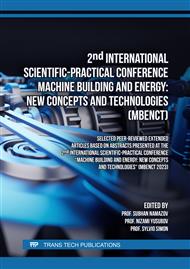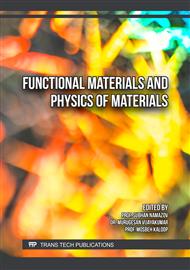p.49
p.57
p.73
p.87
p.93
p.101
p.111
p.119
p.127
Strain Rate and Temperature Dependent Tensile Failure of a Short Glass Fiber Reinforced Polyamide Thermoplastic Composite
Abstract:
The tensile behavior of an injection mold glass fiber reinforced polyamide matrix composite was determined between 10-6-10-1 s-1 strain rates at 25, 65 and 90°C for the loading axis 0o, 30o and 90o to the fiber plane. Microscopic studies were conducted to identify typical fracture mechanism involved at different temperatures. The composite exhibited the highest flow stress and elastic moduli sensitivities on the strain rate in the 0o specimens, followed by the 30o and 90o specimens. The highest rate sensitivity was detected in the specimens tested at 25°C and the rate sensitivity declined as the test temperature increased from 25°C to 65 and 90°C. The observed rate sensitivity of the composite was ascribed to the rate sensitivity of the matrix while the elevated temperatures enhanced the fiber-matrix bonding.
Info:
Periodical:
Pages:
93-98
Citation:
Online since:
March 2024
Authors:
Keywords:
Price:
Сopyright:
© 2024 Trans Tech Publications Ltd. All Rights Reserved
Share:
Citation:



